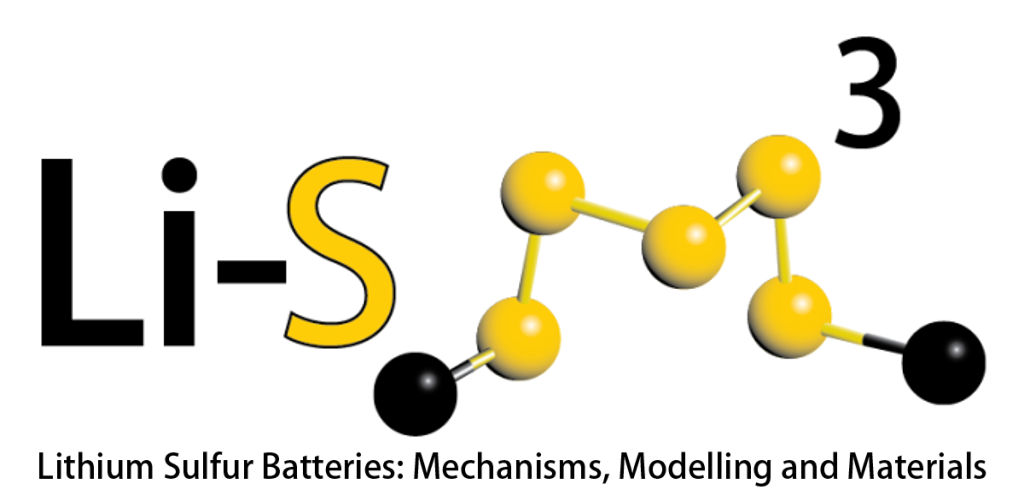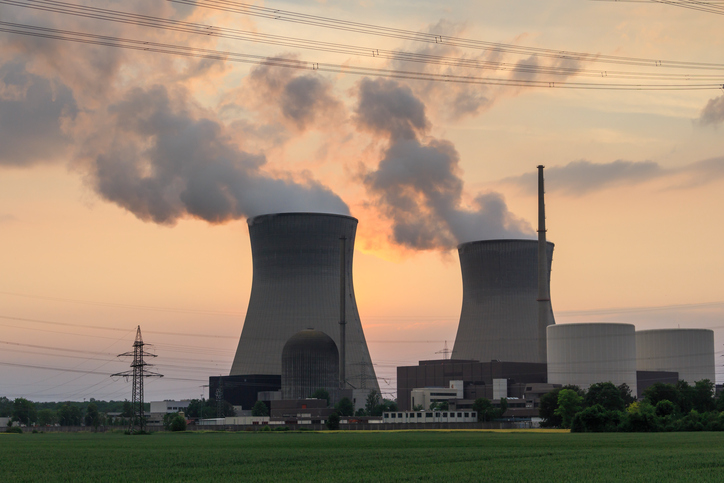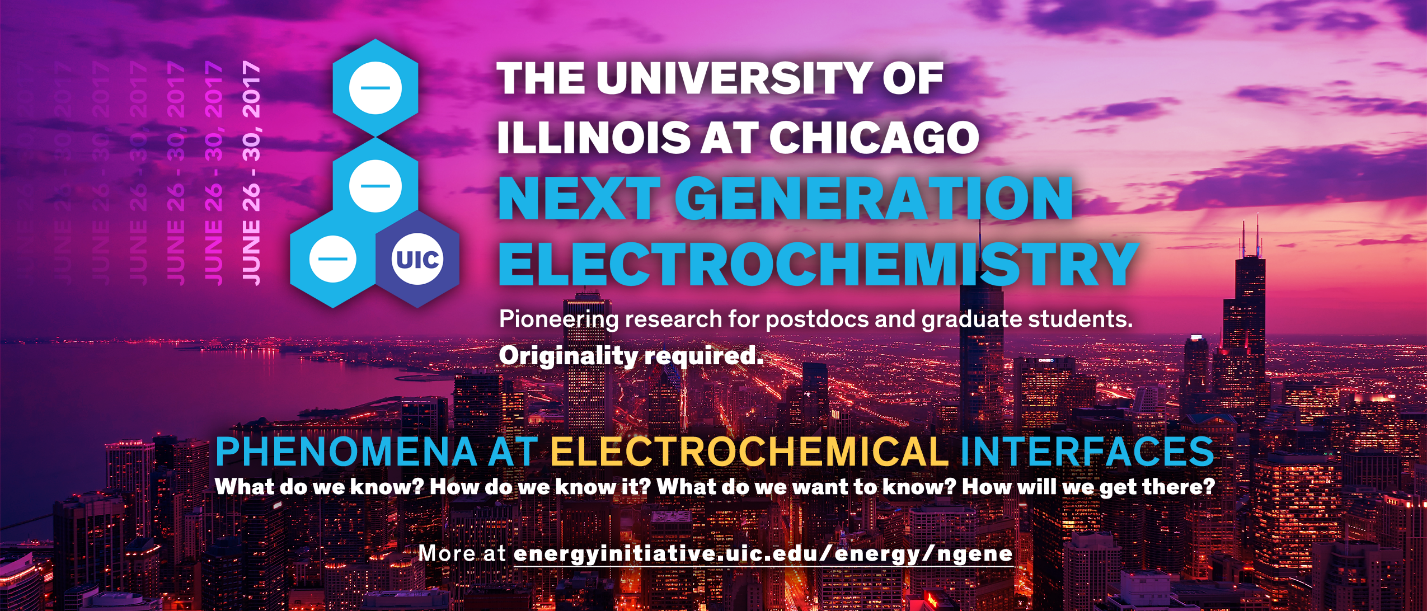By: William Messner, Tufts University
 When a May 2016 crash killed the person operating a Tesla Model S driving in Autopilot mode, advocates of autonomous vehicles feared a slowdown in development of self-driving cars.
When a May 2016 crash killed the person operating a Tesla Model S driving in Autopilot mode, advocates of autonomous vehicles feared a slowdown in development of self-driving cars.
Instead the opposite has occurred. In August, Ford publicly committed to field self-driving cars by 2021. In September, Uber began picking up passengers with self-driving cars in Pittsburgh, albeit with safety drivers ready to take over.
October saw Tesla itself undeterred by the fatality. The company began producing cars it said had all the hardware needed for autonomous operation; the software will be written and added later. In December, days after Michigan established regulations for testing autonomous vehicles in December, General Motors started doing just that with self-driving Chevy Bolts. And just one day before the end of his term, U.S. Secretary of Transportation Anthony Foxx designated 10 research centers as official test sites for automated vehicle systems.
Three of the most significant developments in the industry happened earlier this month. The 2017 Consumer Electronics Show (CES) in Las Vegas and the North American International Auto Show in Detroit saw automakers new and old (and their suppliers) show off their plans and innovations in this arena. And the National Transportation Safety Board (NTSB) issued its report on the Tesla fatality. Together, they suggest a future filled with driverless cars that are both safer than today’s vehicles and radically different in appearance and comfort.


 The
The  The American Association for the Advancement of Science (AAAS) is calling on U.S. President Donald Trump to work with the world’s largest scientific organization to ensure the free flow of scientific talent from around the world.
The American Association for the Advancement of Science (AAAS) is calling on U.S. President Donald Trump to work with the world’s largest scientific organization to ensure the free flow of scientific talent from around the world.
 More than 12,000 academics, including 40 Nobel laureates, have added their names to an
More than 12,000 academics, including 40 Nobel laureates, have added their names to an  A joint research effort from Rice University and Kazan Federal University is demonstrating a new way to pull radioactive elements out of contaminated water. The researchers behind this study believe their results could go a long way in purifying the hundreds of millions of gallons of water that were contaminated after the Fukushima nuclear plant accident.
A joint research effort from Rice University and Kazan Federal University is demonstrating a new way to pull radioactive elements out of contaminated water. The researchers behind this study believe their results could go a long way in purifying the hundreds of millions of gallons of water that were contaminated after the Fukushima nuclear plant accident.